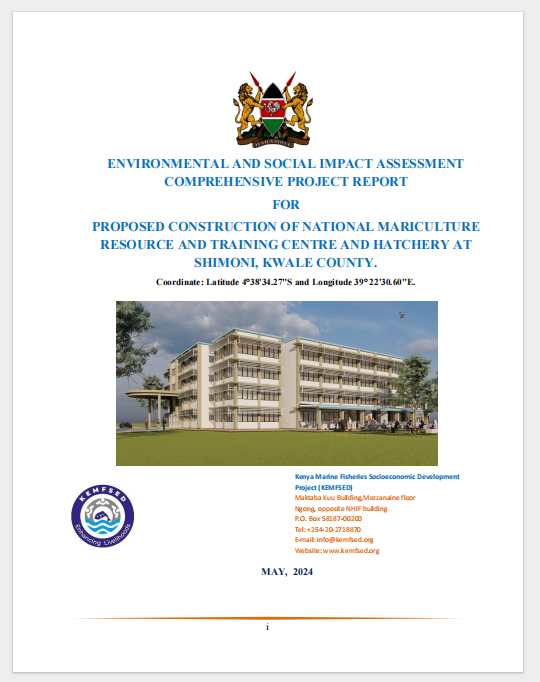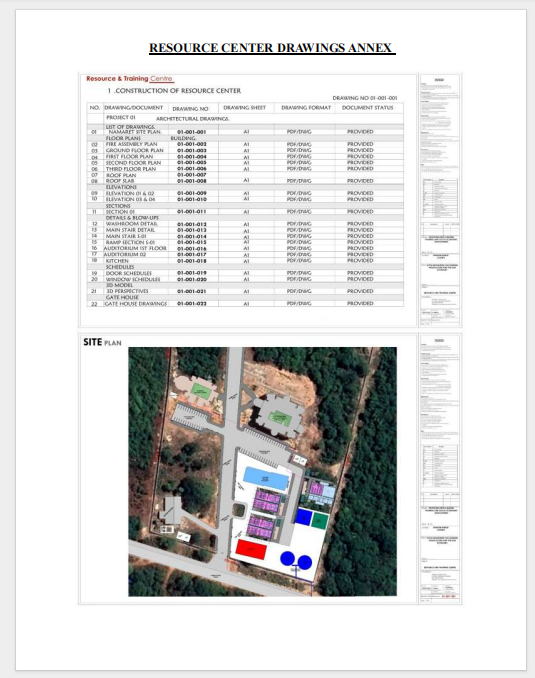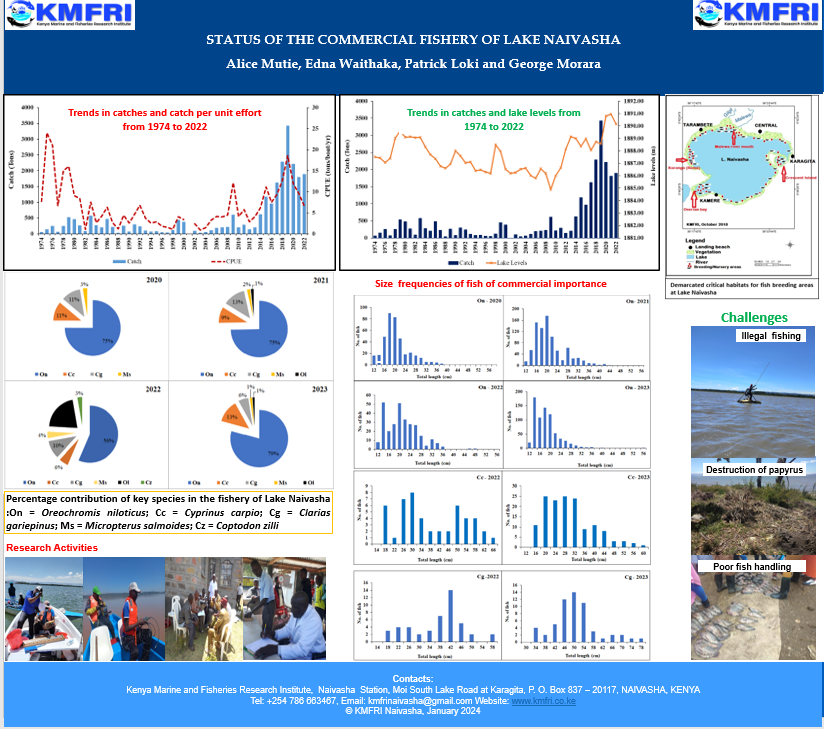June 19, 2025
The Kenya Marine and Fisheries Research Institute (KMFRI) OFFICIAL is pleased to announce the release of the latest edition of the Kenya Aquatica Journal, Volume 10, Issue 1, which highlights groundbreaking research on Kenya’s freshwater ecosystems. This edition has been produced through the collaborative support of #KMFRI and the WIOMSA - Western Indian Ocean Marine Science Association under the Marine and Coastal Science for Management (MASMA) programme. The edition is available at:
https://www.kmfri.go.ke/index.php/component/sppagebuilder/page/181
The issue presents a diverse array of scientific studies addressing ecological, socio-economic, and environmental challenges, offering valuable insights into sustainable management practices for Kenya’s aquatic resources.
Key Highlights from the Edition:
- Antimicrobial Resistance & Fish Health:A study on disease surveillance in fish from lacustrine cage farms sheds light on antimicrobial resistance and emphasizes the need for responsible antibiotic use to ensure aquatic animal health and food safety.
- Pesticide Pollution:Research on the impact of organochlorine pesticides in lake ecosystems advocates the use of Rhagovelia spp. as bioindicators for monitoring pesticide effects across aquatic food webs.
- Fisheries Management in Lake Baringo:An assessment of catch and effort composition underscores the need for regulatory enforcement and stakeholder capacity building to prevent overfishing.
- Fish Kills in Lake Victoria:This study attributes wild fish kills to eutrophication and pollution, recommending integrated watershed management as a solution to safeguard fisheries and local livelihoods.
- Conservation of Lake Elementaita:A multidisciplinary study combining water quality assessments, fisheries research, and community surveys calls for sustainable agriculture and conservation strategies in this key flamingo sanctuary.
- Fisheries Co-management:Findings from Lake Baringo emphasize the critical role of community involvement in achieving ecosystem management success, despite enforcement challenges.
- Socio-Economic Dynamics of Lake Victoria:A proposal for a citizen science-based regulatory framework aims to improve long-term sustainability of Lake Victoria’s resources.
- Plastic Pollution in Lake Turkana:Research recommends public awareness, improved waste management, and stricter enforcement of environmental regulations to combat plastic pollution.
- Antimicrobial Resistance & Biodiversity:A review explores Kenya’s aquatic biodiversity for potential novel antimicrobial agents, highlighting the country’s underutilized genetic resources.
- Genetic Diversity of Freshwater Fish:This study identifies gaps in genetic data and calls for expanded research to inform fish conservation and management strategies.
- Fish Market Infrastructure in Lake Naivasha:An evaluation of fishery dynamics recommends investment in infrastructure such as fish markets and hatcheries to support the local fishery sector.
This edition of Kenya Aquatica underscores KMFRI’s commitment to advancing scientific knowledge and promoting sustainable management of Kenya’s freshwater ecosystems. The publication reflects the Institute’s role in supporting the national and regional Blue Economy agenda through evidence-based research and policy recommendations.
The Chief Editor, who is also Principal Research Scientist at KMFRI Dr Melchzedeck Osore and the Editorial Board of Kenya Aquatica extend their heartfelt appreciation to KMFRI and #WIOMSA for their support in the preparation, compilation, and production of this important edition.
About Kenya Aquatica
Kenya Aquatica is the official scientific journal of the Kenya Marine and Fisheries Research Institute (KMFRI). It provides a platform for #KMFRI researchers and collaborators to disseminate findings from studies conducted in Kenya’s aquatic environments. The journal supports KMFRI’s mandate to conduct research in marine and freshwater fisheries, aquaculture, ecological and environmental studies, and oceanography, contributing vital scientific data for the sustainable development of the Blue Economy.




